The world is on the cusp of an AI revolution. Companies around the world are already using the technology to help do everything from parse medical records to teach cars to drive themselves. At home, digital assistants like Amazon’s Alexa, Apple’s Siri and Google Now, have put a conversational gloss on the burgeoning tech. In 2017, AI is likely to not only get smarter (natch) but also more humanlike. Here’s a closer look:
Amazon Echo
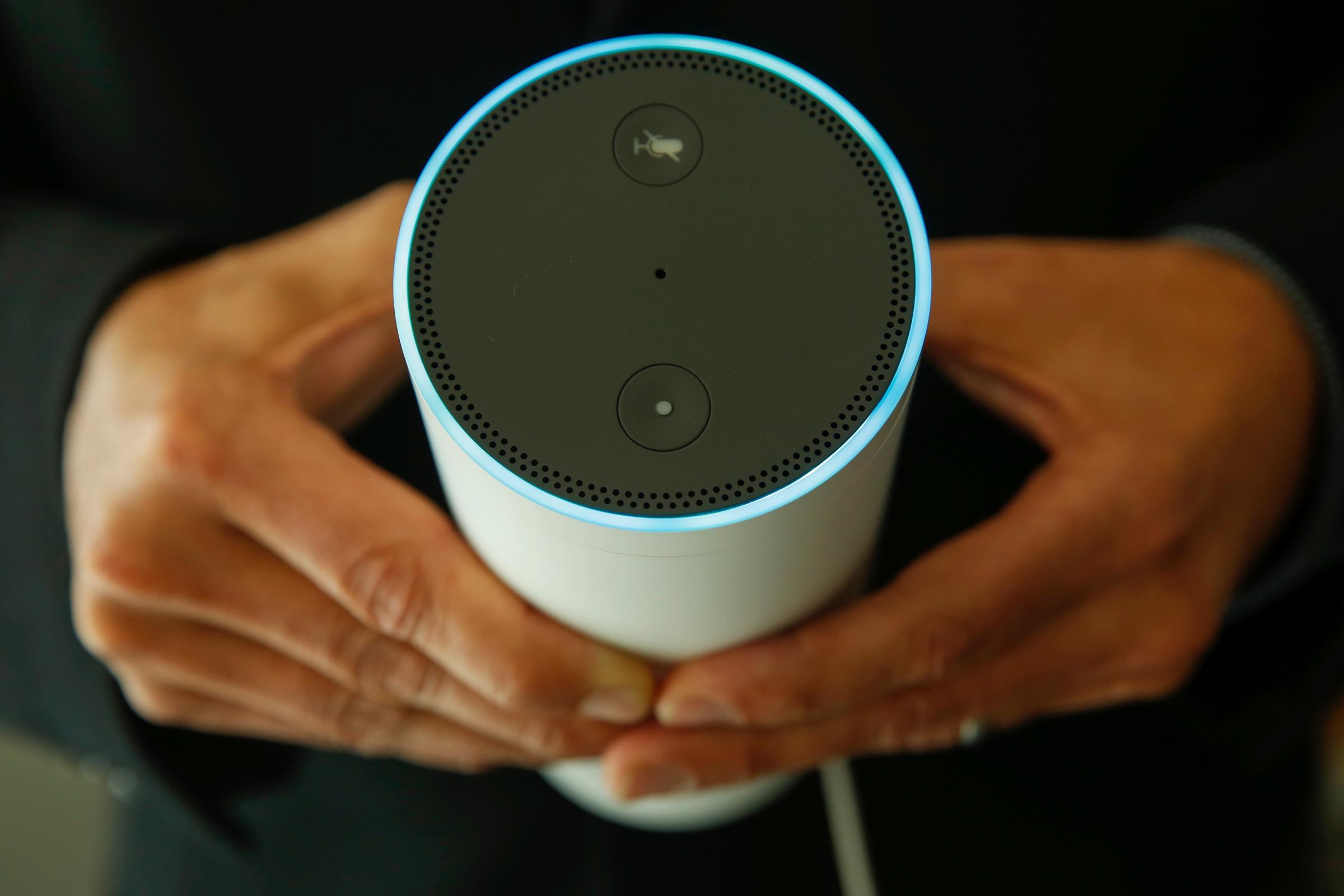
The company’s Alexa software enables users to chat with its Internet-connected speaker, asking it to read news and weather reports, and even order a taxi.
Google Home
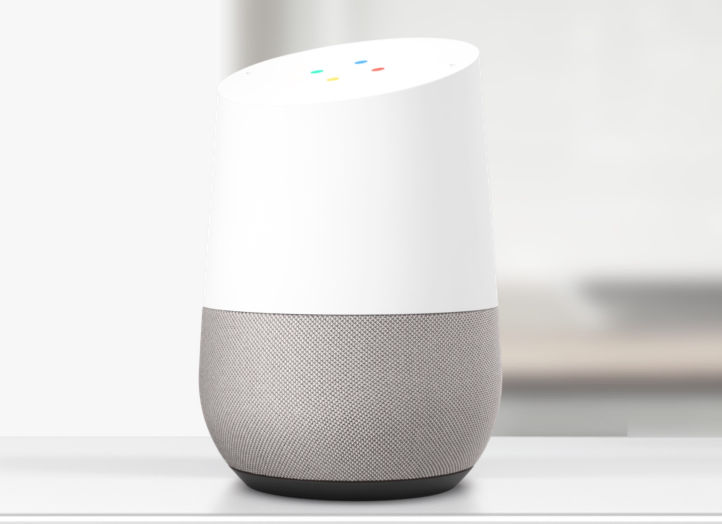
This voice-controlled speaker is powered by the Google Assistant, which helps users manage their calendar, perform Google searches or translate speech.
Sofbank Pepper
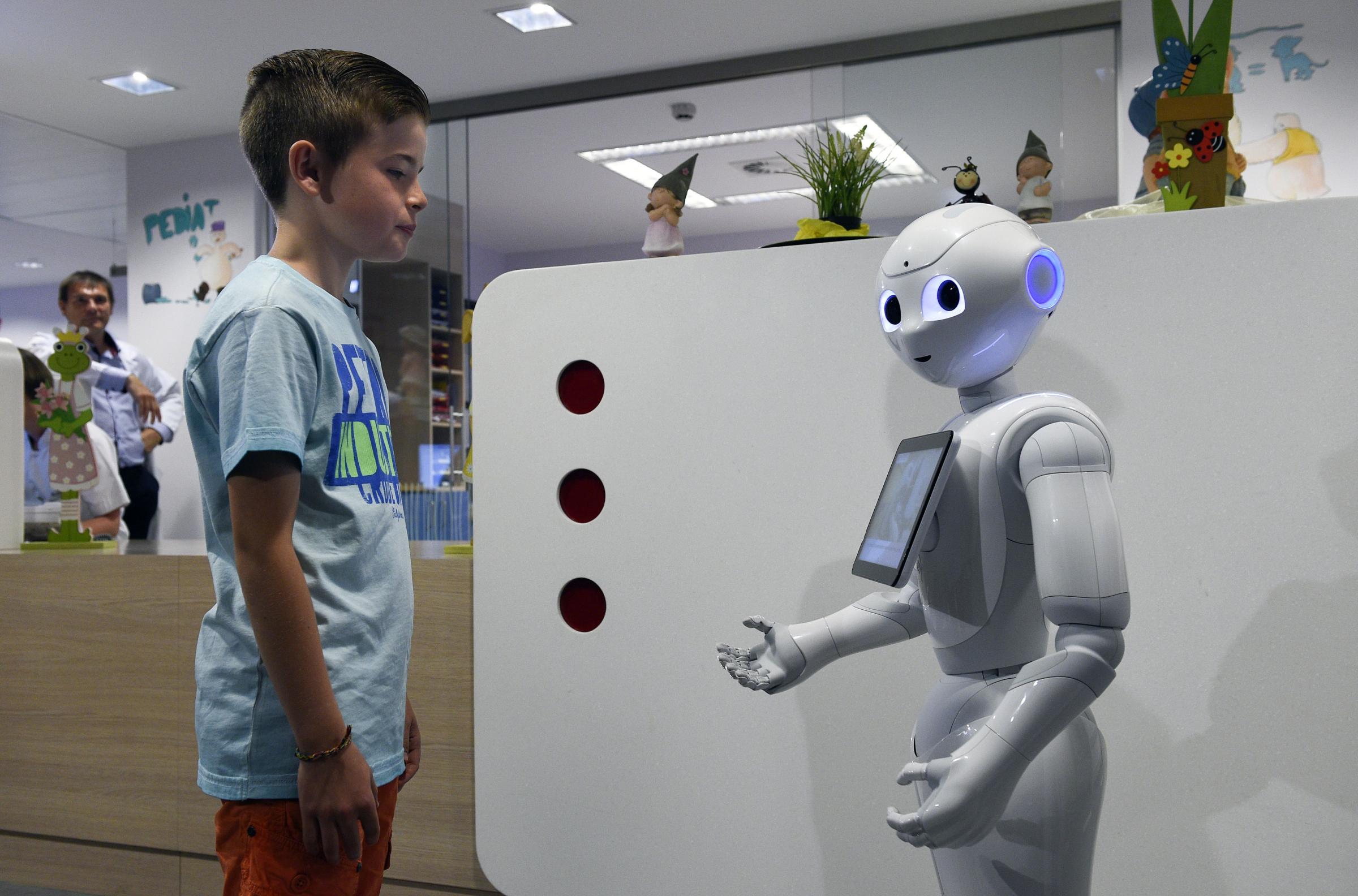
The Japanese robot, which can understand human speech, recognize body language and make gestures of its own, is being tested as a customer assistant in retail store.
Nest Cam Outdoor
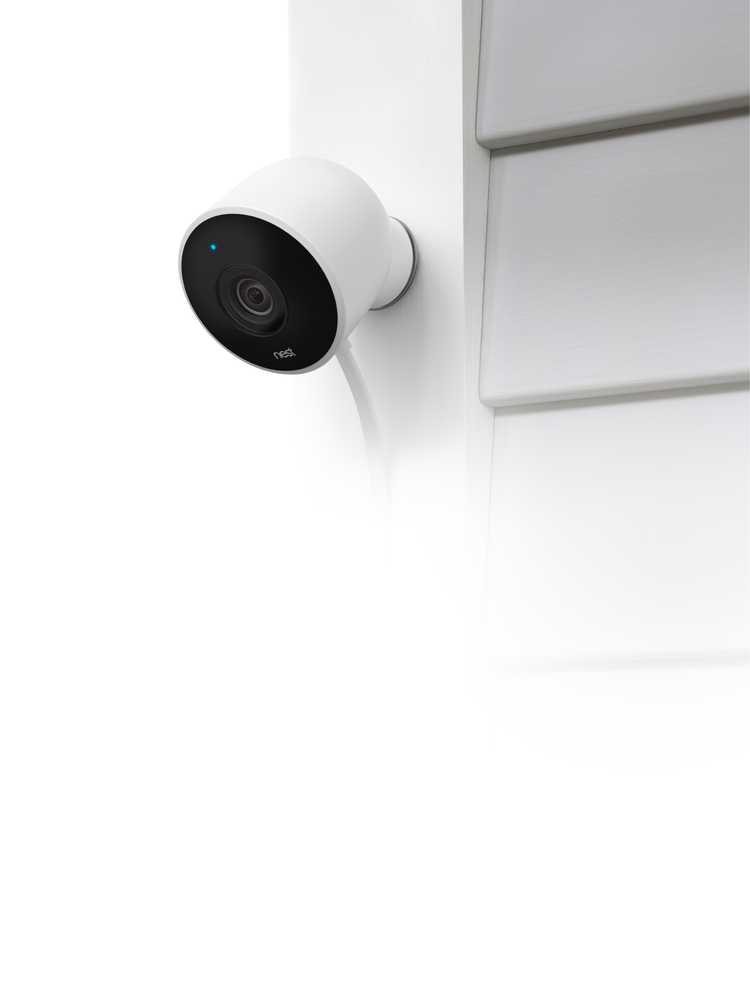
The security camera’s software can distinguish between people and other subjects, like animals, to reduce false alarms.
Microsoft HoloLens
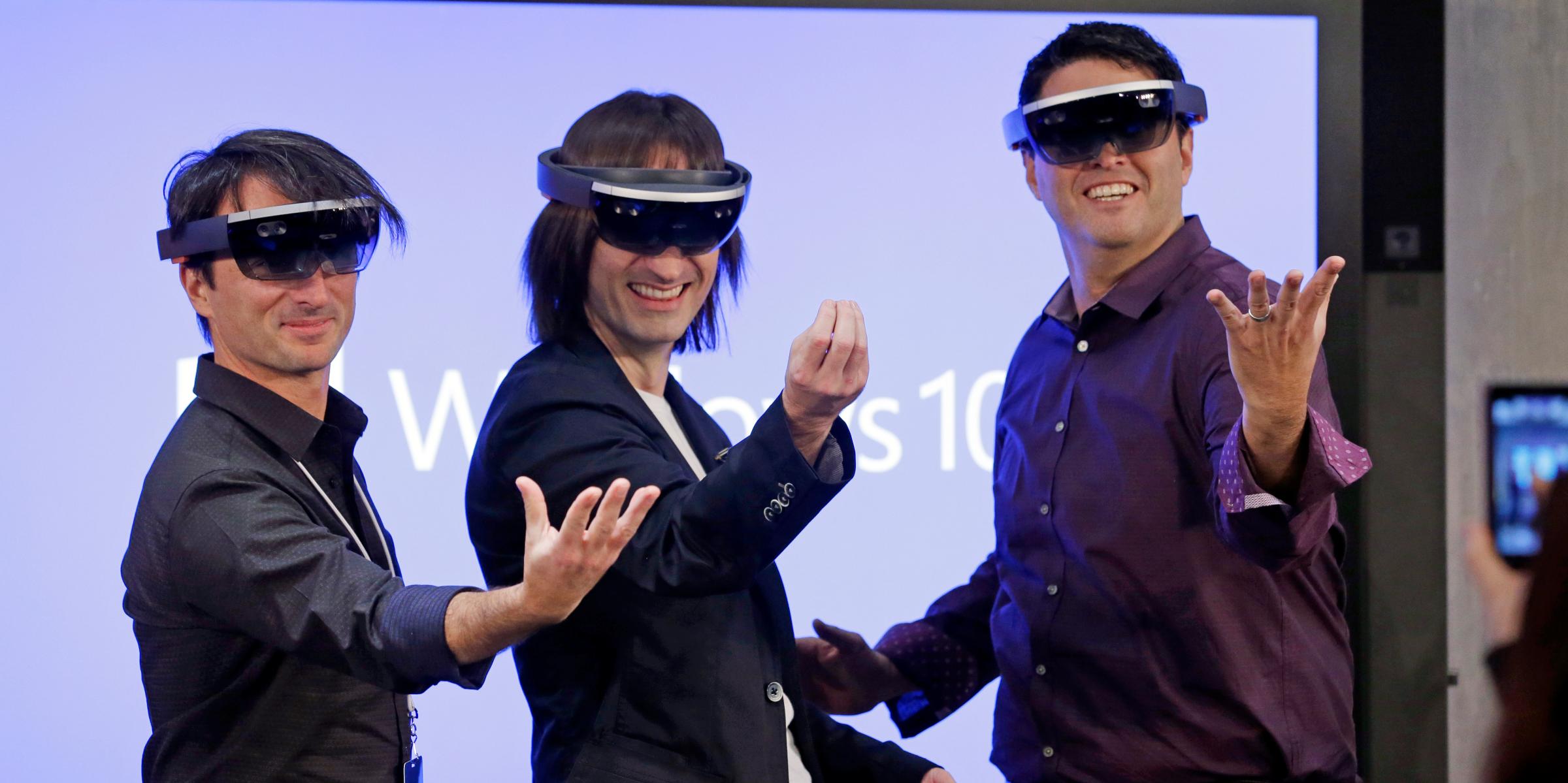
Microsoft’s intelligent eyewear can see, map and understand its wearer’s physical surroundings, allowing them to view apps and games as 3-D holographs.
Anki Cozmo
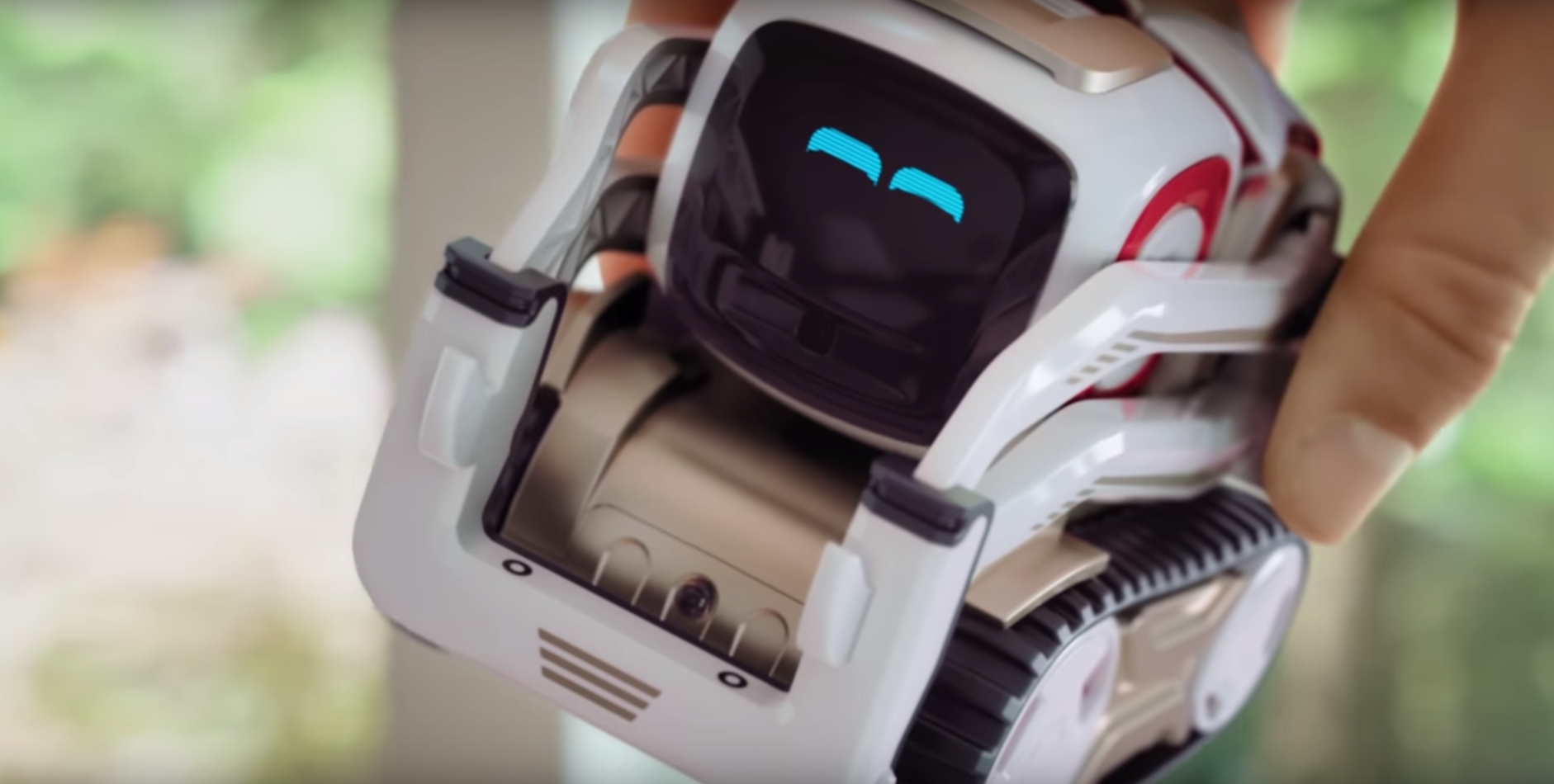
This camera-equipped robotic toy can recognize and react to its owner’s face, and even say his or her name.
Asus Zenbo
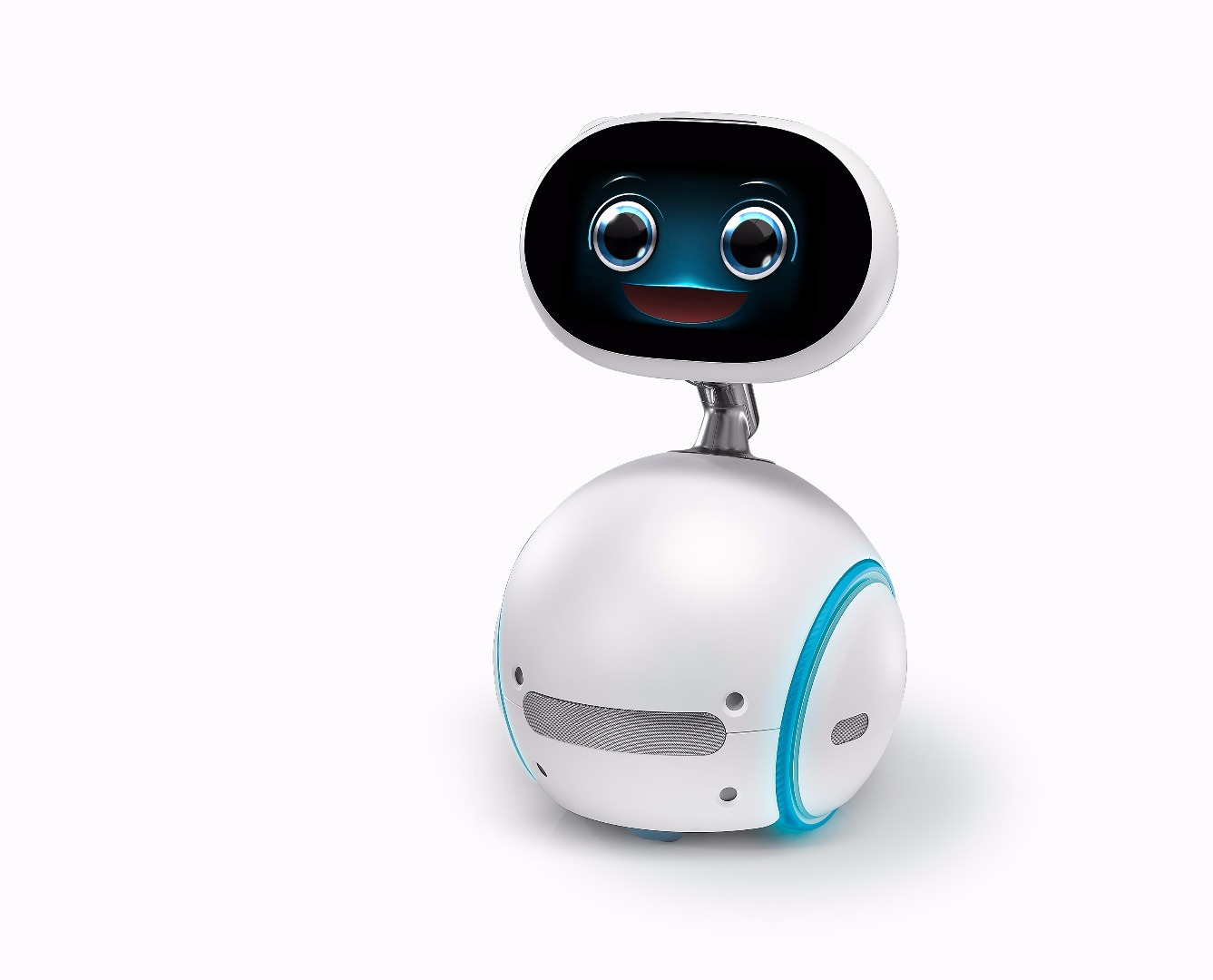
This bot aims to be a more lifelike version of Echo and Home, maneuvering around the house as it answers users’ questions and expressing “emotions” via a virtual face.
iRobot Roomba 960/980
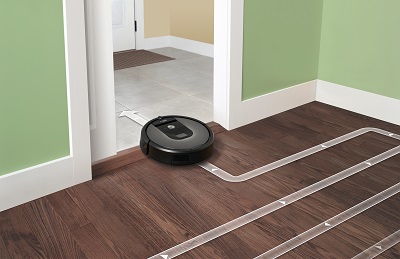
The sensors in these models enable them to “see” floors as they clean, which helps them do a more thorough job.
Tesla Model S
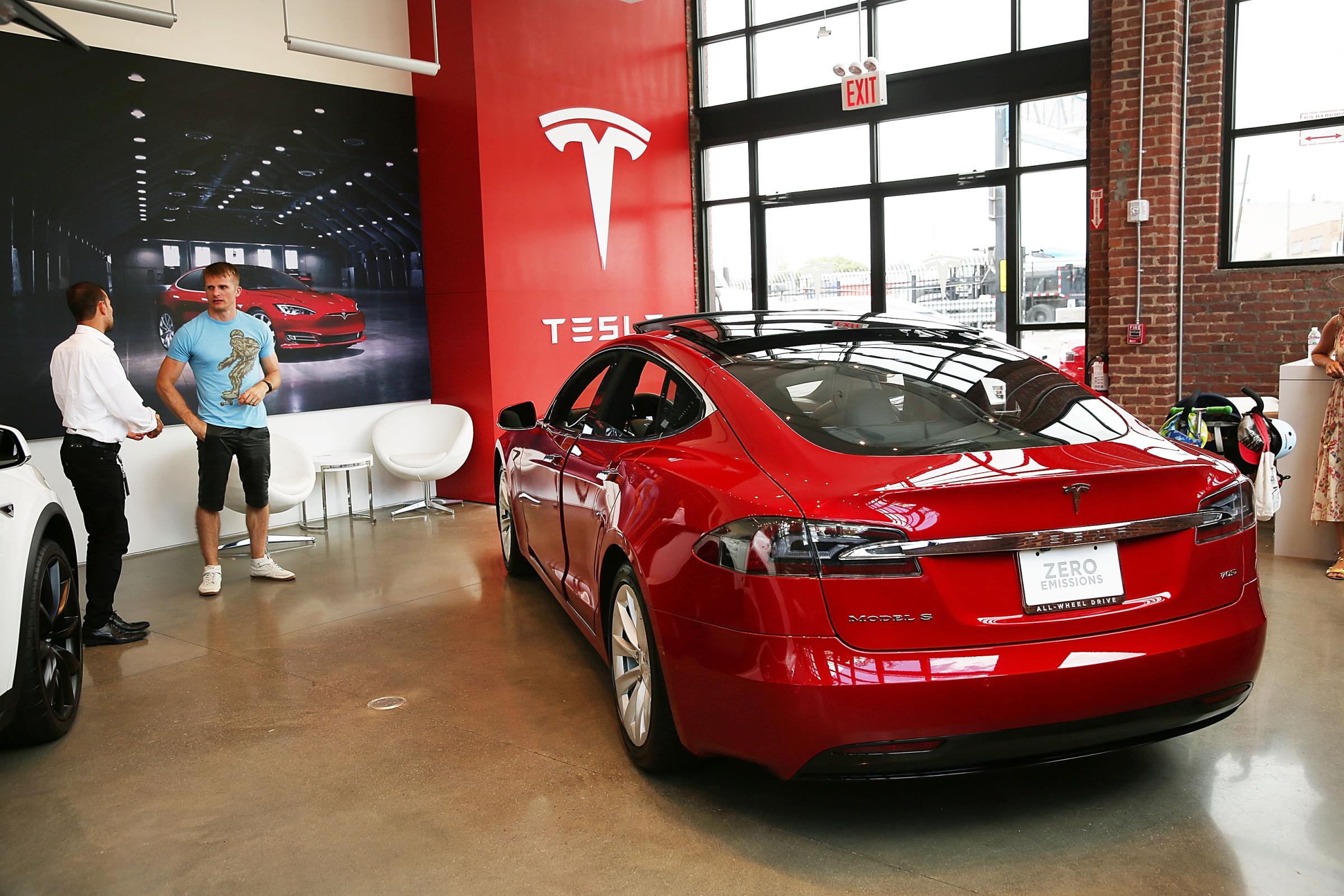
Thanks to a combination of cameras and sensors, the electric sedan knows how to stay in a highway lane, match its speed to surrounding traffic and even park itself.
DJI Mavic Pro
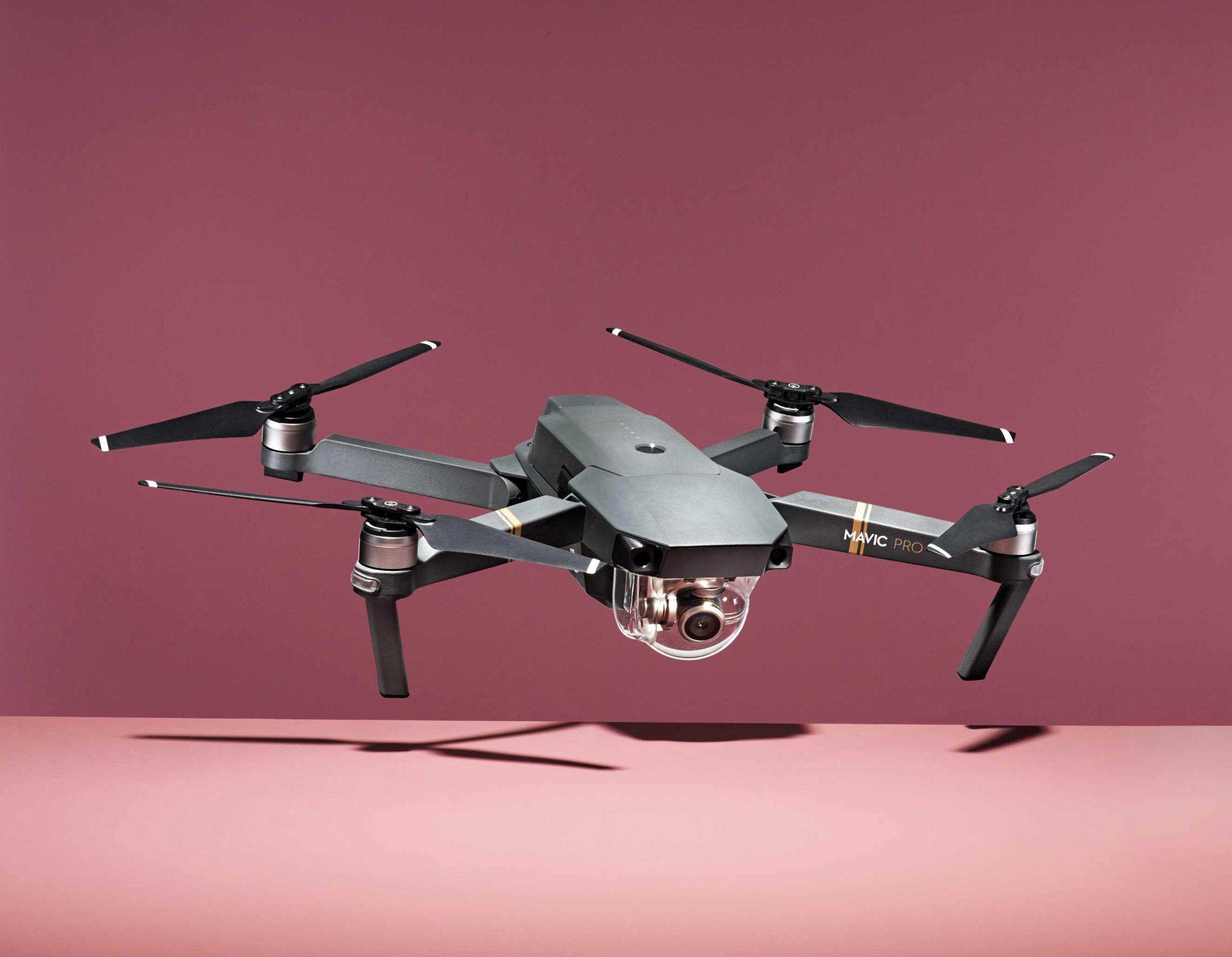
The foldable drone can see and avoid midflight obstacles, like trees and buildings. It can also track and follow subjects, like a downhill skier.
Boston Dynamics SpotMini
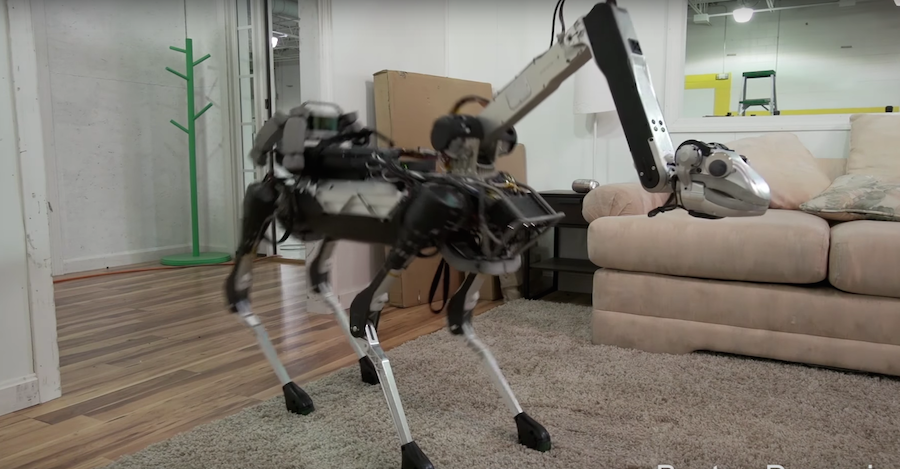
This robotic pup (developed for research purposes) uses sensors and cameras to move with lifelike precision. It can even handle delicate objects like wineglasses.
Aethon Tug
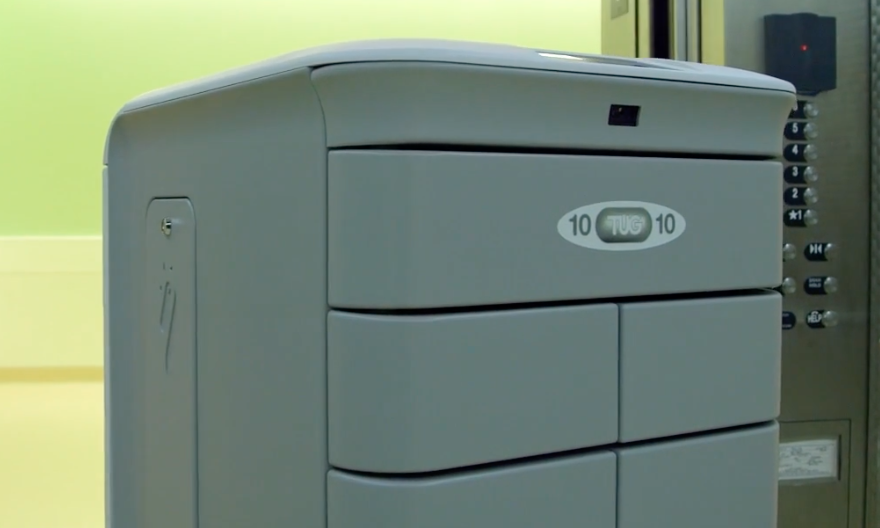
This bot, which is currently in use, roves hospital hallways to deliver medicine, supplies and lab specimens, giving doctors and nurses more time to focus on patient care.
Sphero BB-8
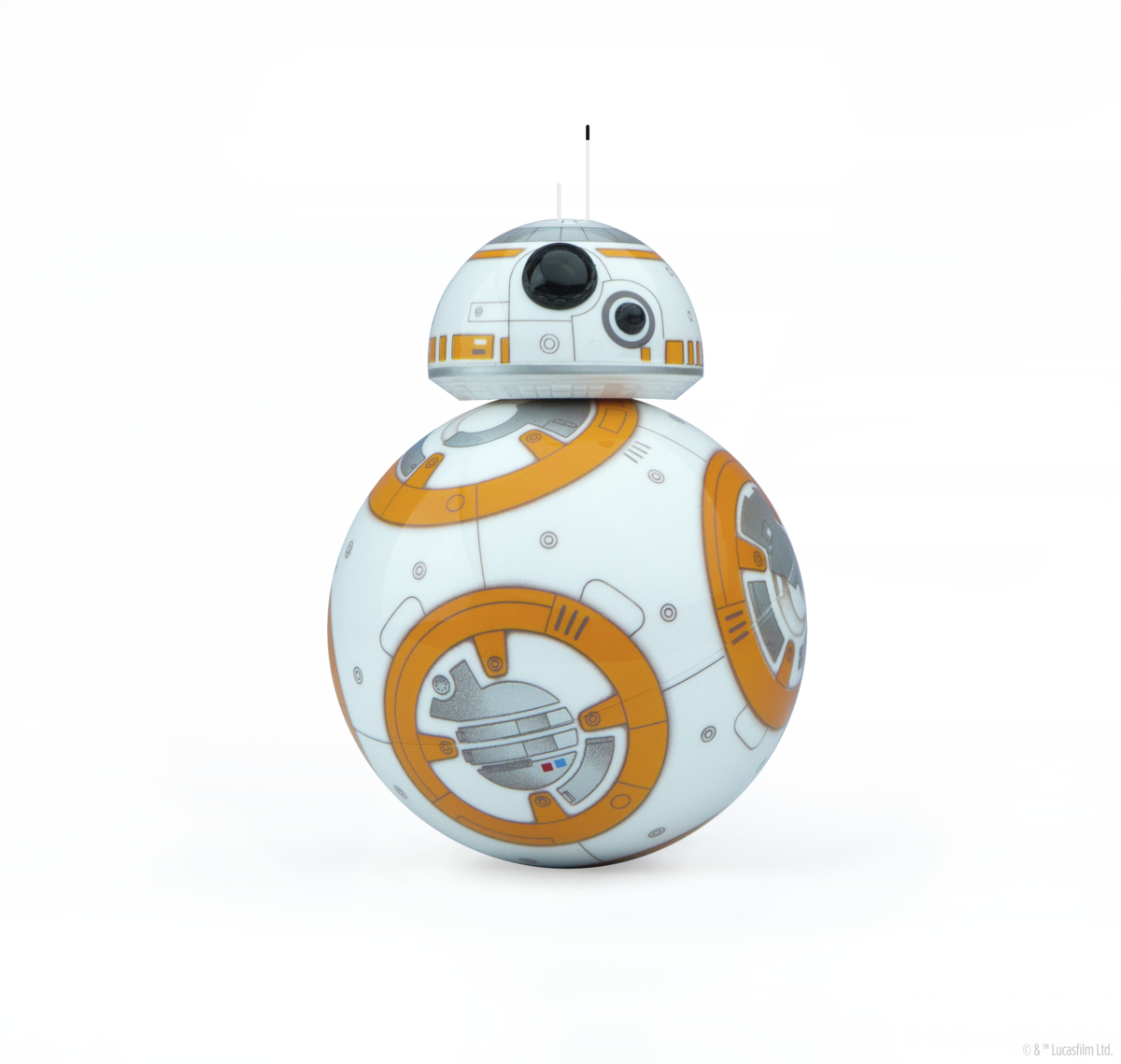
The smartphone-controlled Star Wars toy is smart enough to remember its surroundings, so it can adapt accordingly as it roves your home
Fetch Robotics
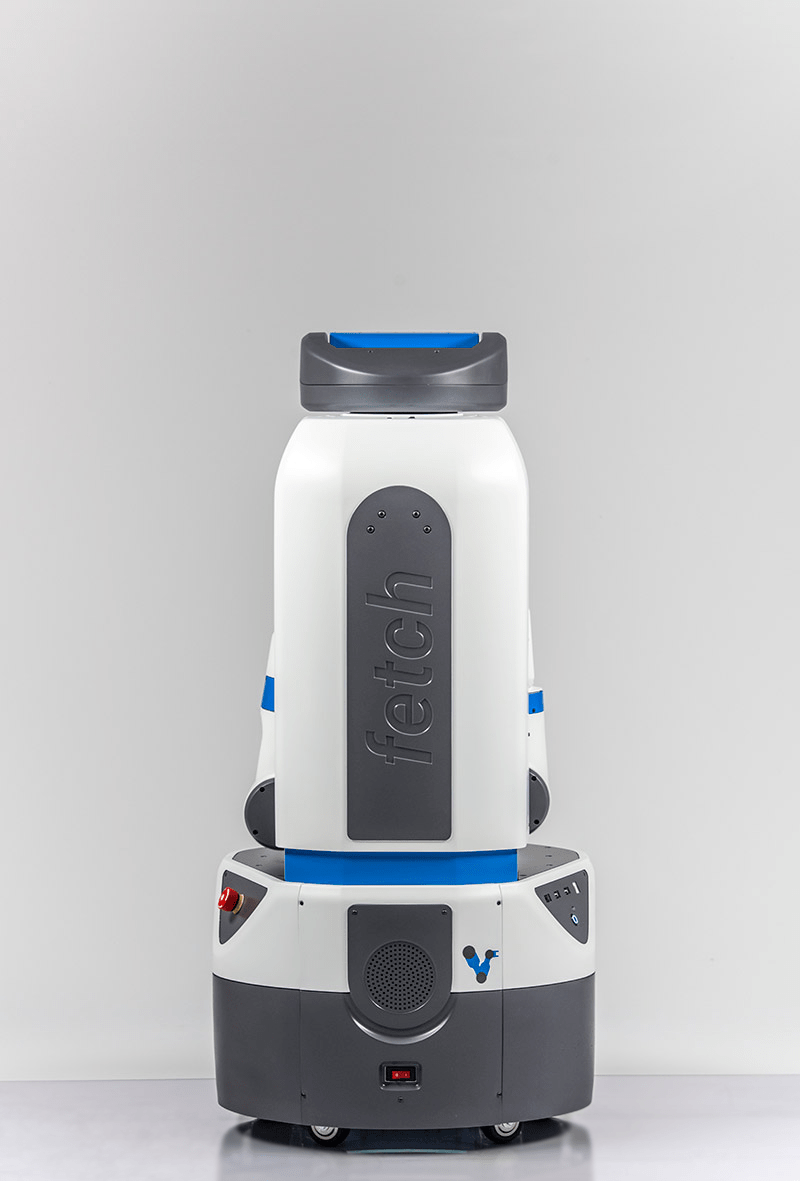
These bots follow warehouse workers as they pick items from shelves, then help them carry inventory to reduce physical strain.
Otto Trucks
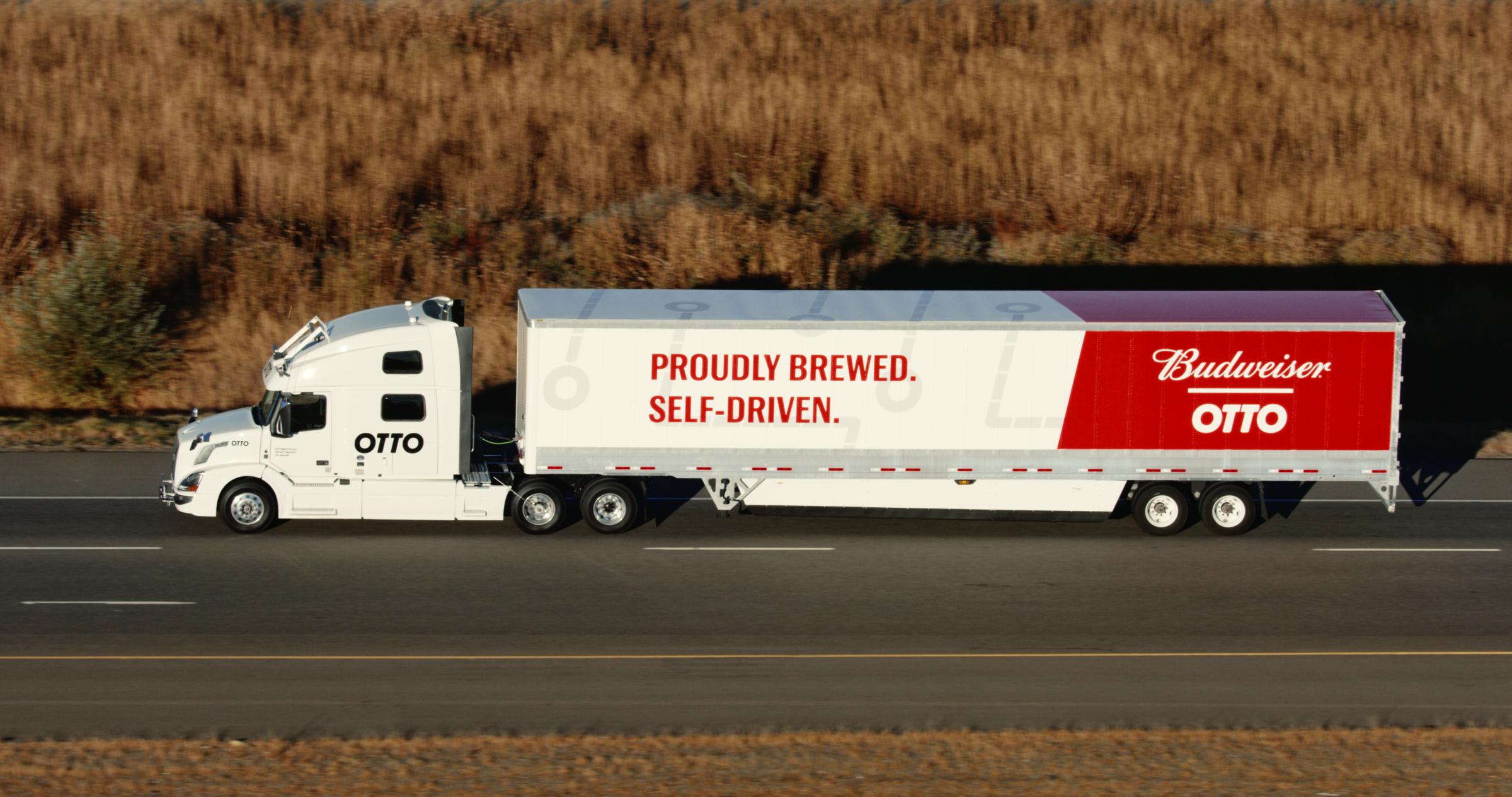
The Uber-owned company specializes in turning ordinary big rigs into self-driving trucks by outfitting them with hardware and software that enables them to see roads and map routes.
More Must-Reads from TIME
- Why Biden Dropped Out
- Ukraine’s Plan to Survive Trump
- The Rise of a New Kind of Parenting Guru
- The Chaos and Commotion of the RNC in Photos
- Why We All Have a Stake in Twisters’ Success
- 8 Eating Habits That Actually Improve Your Sleep
- Welcome to the Noah Lyles Olympics
- Get Our Paris Olympics Newsletter in Your Inbox
Contact us at letters@time.com